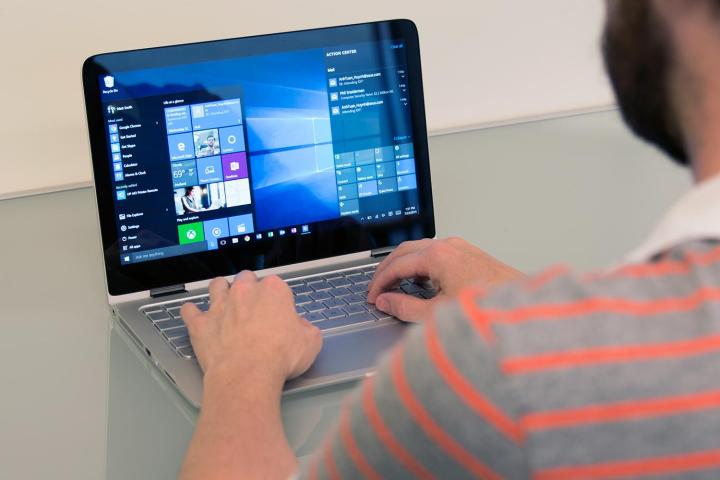
Windows 10 is an optional update, but the Windows Update tool has reportedly been downloading the package automatically, without consent from the user. Given that it’s a sizeable download, those who have no intention of upgrading at the moment are understandably aggrieved by this practice.
Moreover, it seems that things have gone even one step further. Rather than just downloading the necessary files to update, Ars Technica reports that some users are claiming that their systems are now automatically firing up the installer.
The installer does still need the user to manually start the upgrade process, but the tickbox that selects the optional update is now checked by default. If you’re planning to continue using Windows 7 or Windows 8, it’s perhaps wise to make sure you take a careful look at what Windows Update is offering the next time you receive a prompt.
While the change certainly seems to fall in line with Microsoft’s plans to have Windows 10 installed on as many systems as possible, the company maintains that it was made in error. The update is apparently not intended to be selected by default, and a fix is imminent, the company says.
Some users might still want to preserve an earlier version of Windows, but there are certainly no shortage of people willing to try out Windows 10. Last month, Microsoft announced that the OS has been installed on more than 100 million devices worldwide, less than two months after it was officially launched.
Editors' Recommendations
- Microsoft finally kills this legacy Windows app — for good this time
- The next big Windows 11 update has a new hardware requirement
- Surface Pro 10: all the major changes rumored for the new model
- Windows 11 tips and tricks: 8 hidden settings you need to try
- Microsoft finds a sneaky way to slip more ads into Windows


